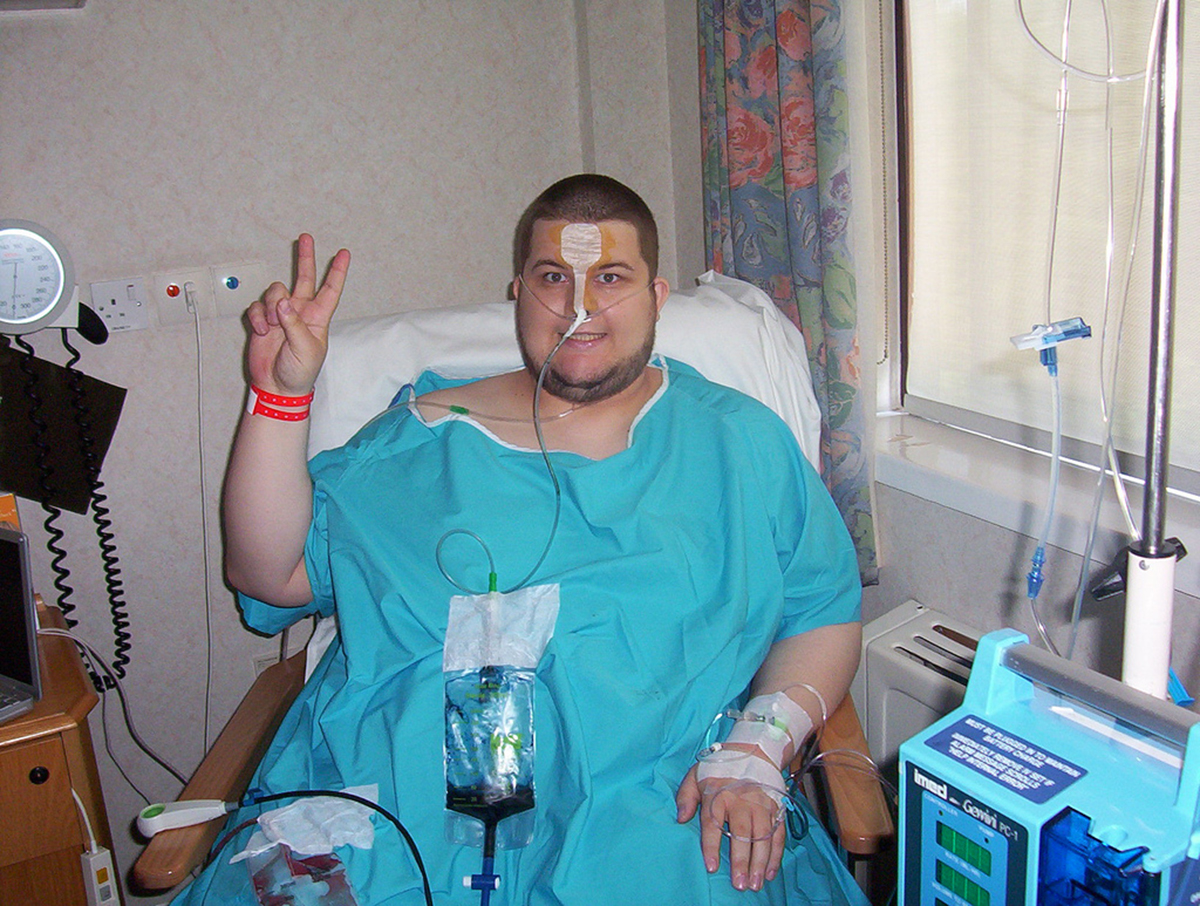Gastric bypass surgery is among the various types of weight-loss surgeries that are available. It is one of the most common types of weight-loss surgeries in the U.S. It is generally preferred over all the other types due to its comparatively lesser complications. Gastric bypass surgery, like any weight-loss surgery, modifies the digestive system. It may do so by restricting the amount of food that can be eaten, by reducing nutrient reabsorption, or both.

When is this type of Surgery performed?
Gastric bypass surgery is generally performed after ‘changes in diet and exercise’ has not helped in losing weight.
By doing so, it also helps evade the chances of weight-related health complications, such as:
- Heart diseases, Hypertension and Stroke
- Type 2 Diabetes
- Gastroesophageal reflux disease
- Severe Sleep Apnea
Who can opt for such a procedure?
There are certain specifications relating to whether you may undergo a gastric bypass surgery or any weight-loss surgery. These primarily include:
- Body Mass Index (BMI) of 40 or higher; extremely obese category.
- BMI in the range 35-39.9; obese category accompanied by severe weight-related problems.
- BMI in the range 30-34, accompanied by severe weight-related problems.
What other Considerations are involved?
There are other considerations as well, besides being overweight that will determine whether gastric bypass surgery is right for you. These involve meeting the required medical guidelines, extensive screening, bearing the expense, your willingness for such a permanent change and participation in long-term follow-up plans, along with regular monitoring of nutrition, behavior, diet and health.
What Preparations need to be made before Surgery?
After qualifying the screening test, certain preparatory lab tests and exams are required before the surgery. Dietary specifications and medication is prescribed. A physical activity regime may be advised. Smoking and drinking is strictly prohibited.
How is the Procedure performed?
Traditionally, weight-loss surgeries were conducted using the ‘open surgery’ method - a single large incision was made in the abdomen and the necessary modifications were made. However, these procedures are now performed laparoscopically.
Several surgical instruments are inserted through other small incisions and the entire procedure is monitored using an external feed. This form of surgery involves a faster recovery.
What are the Risks and Complications?
Gastric bypass surgery involves certain short-term risks and complications. Some of these are listed below:
- Excessive blood loss or clotting
- Infection
- Respiratory complications
- Leaks in the gastrointestinal system
See Also: Gastric Bypass Surgery: The Best Slimming method
Long-term complications include:
- Developing gallstones
- Bowel obstruction
- Formation of hernias and stomach perforations
- Diarrhea, nausea and vomiting
- Malnutrition
- Hypoglycemia
- Ulcers
Before gastric bypass surgery, surgeons run some lab tests to make sure if the patient is fit for the surgery. If there are any potential risks, the surgeons usually delay the surgery. However, if the benefits of the surgery outweigh the risks, the surgeons perform the surgery immediately.
Types Of Gastric Bypass Surgery
The type of surgery that you will undergo depends on various factors, such as your BMI, dietary habits, associated health conditions and any previous surgeries you may have had. Be sure to consult your doctor regarding each aspect.

Roux-en-Y (roo-en-y)
This is the most common of all surgical bypass surgeries and is generally irreversible.
The surgeon cuts across the top of the stomach so as to seal it from the rest of the stomach. The walnut-sized pouch that is formed can contain much less food than the entire stomach. Furthermore, a part of the small intestine is also cut and re-routed directly onto this pouch. Hence, food bypasses most of the stomach and a part of the small intestine, entering directly into its mid-part.
Vertical-banded Gastroplasty (Stomach Stapling)
In this procedure, the stomach is divided into two parts, and upper (smaller) and a lower pouch (the rest of the stomach). This restricts the amount of food that can be eaten. However, this type of surgery isn’t preferred because doesn’t have long-term weight-loss effects.
Laparoscopic Adjustable Gastric Banding (LAGB)
An inflatable adjustable band is positioned around the uppermost segment of the stomach. When inflated, this band compresses and tightens the stomach. This divides the stomach into an upper smaller pouch (limits food intake) and the rest of the stomach, which are connected via a channel created by the band. This is a common surgical approach because of its simplicity, although the weight-loss is relatively less and the band may need periodic adjustment.
Bilio-pancreatic Diversion with Duodenal Switch
This is a complex procedure consisting of multiple steps. It limits both, food intake and nutrient absorption and is prescribed for those with a BMI of more than 50. About 80% of the stomach is removed. The pyloric valve (valve that releases food into the small intestine) is left intact, along with the part of the small intestine that connects to the stomach. Thus, it involves connecting the end of the intestine to the duodenum near the stomach (duodenal switch and biliopancreatic diversion). Nevertheless, this type of gastric bypass surgery has many risks, such as causing vitamin deficiencies and malnutrition.
Sleeve Gastrectomy (Vertical Sleeve Gastrectomy)
This is a comparatively new procedure. It is actually the first step in a biliopancreatic diversion with duodenal switch surgery, and in some cases it may be the only procedure performed for sufficient weight loss. The structure of the stomach is modified into a tube-like shape which restricts the amount of calories absorbed.
What are the stages of Recovery?
Surgery is performed under general anesthesia to make sure the procedure is painless. The surgery takes several hours after which patient is shifted into a recovery room to monitor your post-op condition.
A specific diet will need to be followed, starting with liquids and steadily progressing to solid foods. Frequent follow-ups in the first month are essential. Laboratory tests and various exams may also be conducted.
See Also: Doctors May Have Developed a New No-Knife Surgery for Gastric Bypass
Due to the rapid weight loss, you may experience certain changes in your body, particularly in the first three to six months. These include:
- Exhaustion and body aches
- Feeling cold
- Changes in mood
- Hair loss
- Dry skin
- Photo courtesy of Tobyotter via Flickr: www.flickr.com/photos/78428166@N00/4296824658
- Photo courtesy of EmerandSam via Flickr: www.flickr.com/photos/chuffy/295852434


Your thoughts on this